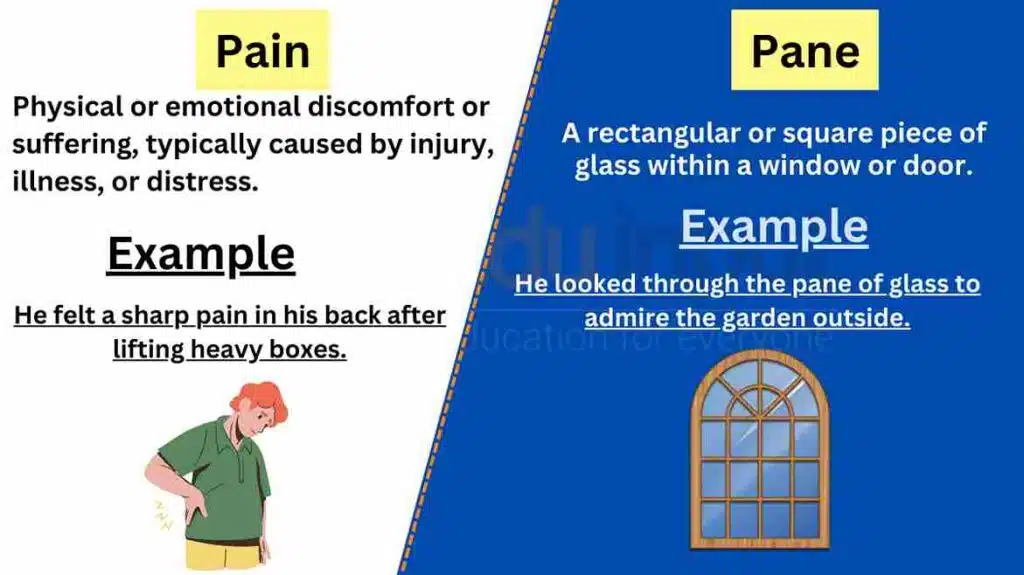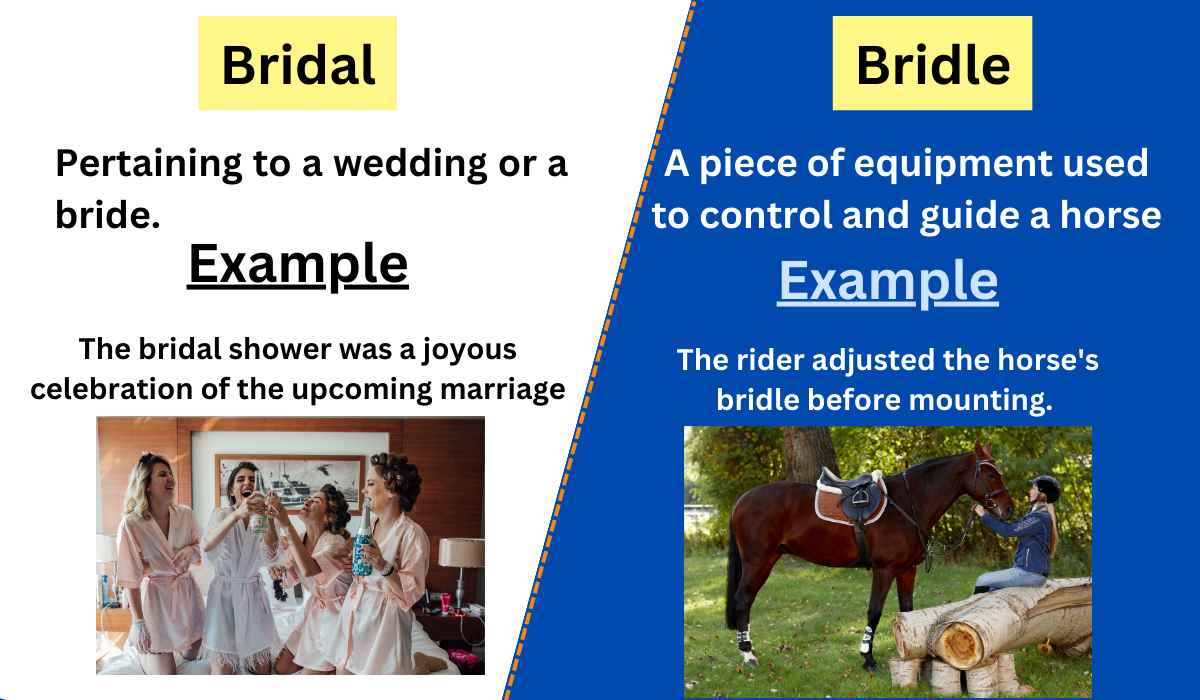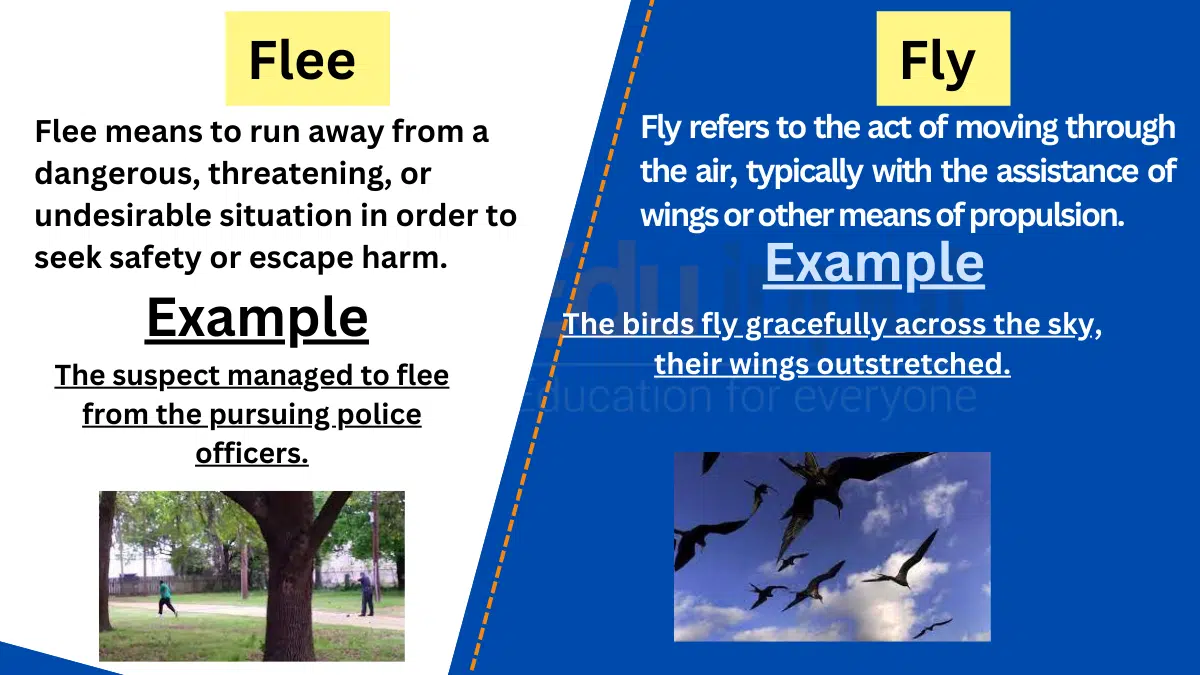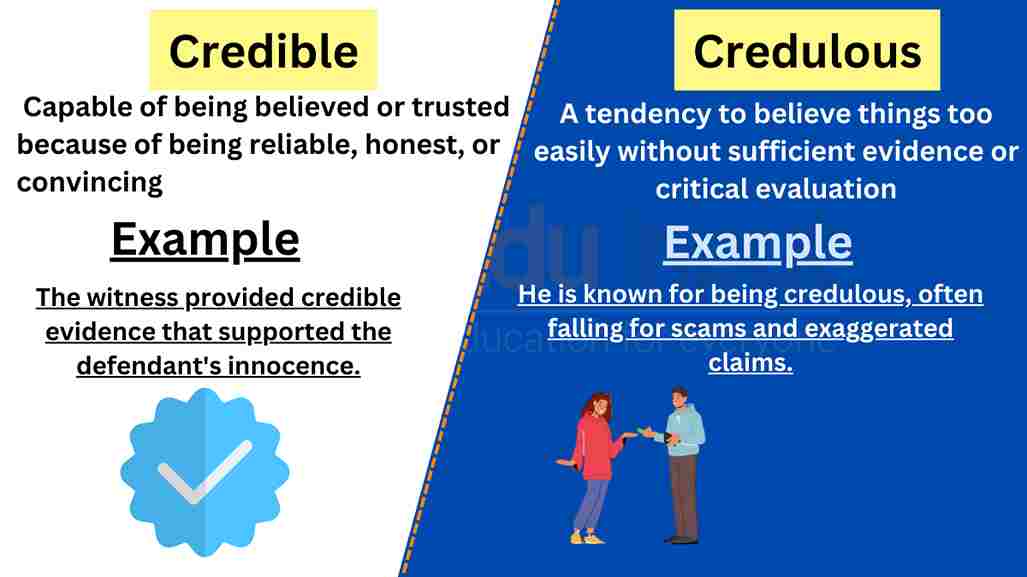Pain vs Pane-Difference Between And Example
In the English language, homophones can often cause confusion, especially when their meanings and usage differ significantly. One such pair is “pain” and “pane.” Despite their similar pronunciation, these words carry distinct definitions and applications.
This article aims to shed light on the disparities between “pain” and “pane,” exploring their individual connotations and contexts. By understanding their nuances, we can communicate more effectively and prevent misunderstandings. Join us as we embark on a journey through discomfort and windows.

Meanings and Examples
Pain meaning
The meaning of “Pain” refers to physical or emotional discomfort or suffering, typically caused by injury, illness, or distress.
Pain Examples
- “He felt a sharp pain in his back after lifting heavy boxes.”
- “The loss of a loved one brought immense pain to her heart.”
- “She winced in pain when the dentist extracted her tooth.”
Pane Meaning
The meaning of “Pane” denotes a rectangular or square piece of glass within a window or door.
Pane Examples
- “He looked through the pane of glass to admire the garden outside.”
- “The sunlight filtered through the stained-glass panes, casting vibrant colors across the room.”
- “She accidentally shattered a pane of the antique window while moving furniture.”
Difference Between Pain and Pane
| Pain | Pane | |
| Meaning | Physical or emotional discomfort or suffering | Rectangular or square piece of glass within a window or door |
| Example | “He felt a sharp pain in his back after lifting…” | “He looked through the pane of glass to admire the garden…” |
| Usage | Describing discomfort or suffering | Referring to a piece of glass in a window or door |
| Context | Health, emotions, injury, distress | Architecture, windows, doors |
Usage in a Paragraph
The term “pain” holds significance in the realm of physical and emotional experiences. It describes a sensation of discomfort or suffering, often arising from injury, illness, or distress. It encompasses both physical pain, such as the sharp pain one might feel after lifting heavy objects, and emotional pain, like the profound grief that accompanies the loss of a loved one. Additionally, pain can be a response to various medical conditions, causing individuals to wince or experience discomfort. It serves as a descriptor for the physical and emotional hardships humans encounter throughout life.
Conversely, “pane” pertains to the world of architecture and windows. It signifies a rectangular or square piece of glass present within a window or door. Panes allow for the passage of light and provide a view of the outside world. They can be found in various types of windows, ranging from traditional single-pane windows to modern double-pane or stained-glass windows. The term “pane” is also used when referring to the individual pieces of glass that make up these structures, such as when one accidentally breaks a pane while handling or moving furniture.
While “pain” and “pane” share a similar pronunciation, their meanings and contexts diverge significantly. “Pain” relates to physical or emotional discomfort and suffering experienced by individuals, while “pane” pertains to the rectangular or square pieces of glass found within windows or doors. By recognizing the distinctions between these words, we can communicate more precisely, avoiding confusion when discussing matters of physical or emotional well-being versus architectural elements like windows.







Leave a Reply